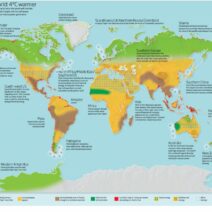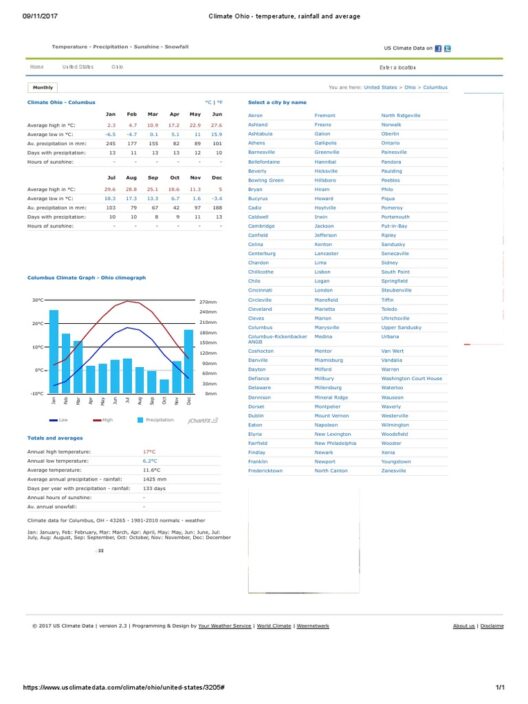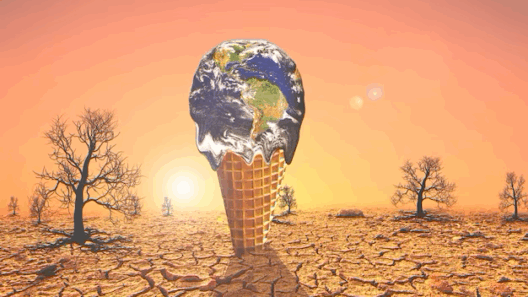Ozone, a triatomic molecule consisting of three oxygen atoms, is a gas that profoundly influences the Earth’s climate system. Its complexity is underscored by its dual role: it serves as a protective shield in the stratosphere, absorbing the sun’s harmful ultraviolet radiation, while simultaneously contributing to global warming when found at ground level. So, how can a gas that is essential for our survival also be a catalyst for environmental degradation? The answer lies in understanding the nuanced behaviors of ozone in different atmospheric layers and its implications for climate change.
Firstly, let’s explore the beneficial aspects of ozone. In the stratospheric layer, which extends from about 10 to 30 miles above the Earth’s surface, ozone performs an invaluable function. It filters out approximately 97% of the sun’s ultraviolet (UV) radiation, which can have deleterious effects on human health and the environment. Excessive exposure to UV rays is linked to various skin cancers, cataracts, and immune system suppression. Furthermore, it disrupts terrestrial and aquatic ecosystems, affecting photosynthesis in plants and the developmental stages of marine organisms such as phytoplankton. This critical role of stratospheric ozone is essential for maintaining biodiversity and sustaining life as we know it.
However, the positive attributes of ozone diminish sharply when it is found in the troposphere, the lowest layer of Earth’s atmosphere, where weather occurs. Here, ozone becomes a harmful pollutant, known not only for its detrimental health effects but also for its role in exacerbating climate change. Ground-level ozone forms when sunlight reacts with pollutants such as volatile organic compounds (VOCs) and nitrogen oxides (NOx), which are emitted from vehicles, industrial facilities, and power plants. This process raises important questions: How do we balance the advantages of ozone in the stratosphere with its harmful impacts at lower altitudes? Can we effectively mitigate its negative effects without compromising environmental health?
The challenge intensifies when considering the mechanisms through which ozone is synthesized and degraded. Amidst ongoing industrialization and urbanization, emissions of precursors to ground-level ozone have surged, leading to a consequential increase in its concentration. This not only results in respiratory problems and cardiovascular diseases in humans but also adversely affects crops and forests. The interplay between ground-level ozone and climate change becomes evident when we recognize that higher temperatures—amplified by climate change—can enhance the chemical reactions that produce this noxious gas, thus creating a vicious cycle.
Furthermore, ozone is a potent greenhouse gas. Although it is present in lower concentrations compared to carbon dioxide, its global warming potential is significant. Ground-level ozone can trap heat in the atmosphere, contributing to the greenhouse effect and, consequently, to global warming. Given that many regions continue to experience anthropogenic emissions that elevate ozone levels further, how do we combat this insidious contributor to climate change? This requires a multi-faceted approach that integrates policy reforms, technological advancements, and public awareness.
One of the most effective strategies to mitigate ground-level ozone pollution is the adoption of stricter emission standards for industries and vehicles. Implementing cleaner production technologies can substantially decrease the precursors that lead to ozone formation. Additionally, transitioning to renewable energy sources reduces reliance on fossil fuels, cutting down on harmful emissions. Such initiatives not only improve air quality but also engender significant health benefits for communities, particularly vulnerable populations such as children and the elderly.
Public transportation systems, when improved and expanded, can also play a pivotal role in reducing vehicle emissions, thereby lowering ground-level ozone concentrations. Alongside these infrastructural improvements, encouraging the use of alternative modes of transportation, such as cycling and walking, promotes a healthier lifestyle and diminishes the energy footprint of daily commutes.
However, the quest for ozone mitigation does not solely rest on regulatory frameworks and technological solutions. Active public engagement and education are crucial components of any strategy aiming to ameliorate air quality and manage climate change effectively. By fostering community awareness regarding the sources and impacts of ground-level ozone, we empower individuals to make informed choices. Simple actions, such as limiting the use of polluting fertilizers and pesticides, can collectively yield substantial environmental benefits.
Nonetheless, contending with the contradictory nature of ozone presents a broader philosophical dilemma. If we understand that ozone in the stratosphere protects us while its presence in the troposphere threatens both health and climate stability, how can we, as a society, overcome such dualities? Can we envision comprehensive policies that simultaneously protect stratospheric ozone and curb its deleterious ground-level impacts? The need for a holistic approach is paramount.
In conclusion, ozone exemplifies the complexities of atmospheric science and environmental protection. Its dual role as both a protective layer against ultraviolet radiation and a contributor to greenhouse gas emissions highlights the intricate balance we must maintain in addressing climate change. While legislative and technological measures are indispensable, fostering a culture of environmental stewardship at the grassroots level will ensure a more sustainable future. Hence, we must ask ourselves: Are we ready to confront the duality of ozone head-on and navigate the challenges it presents in our fight against climate change? Only through cohesive action can we strive towards a greener, healthier planet.








